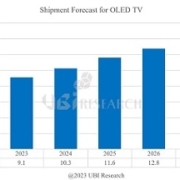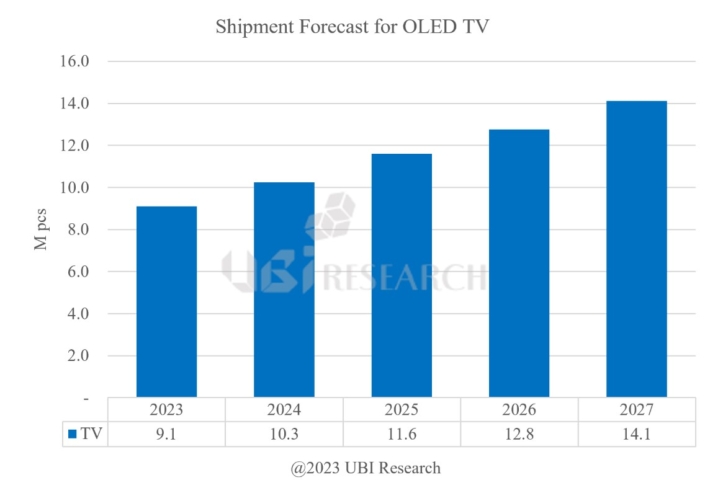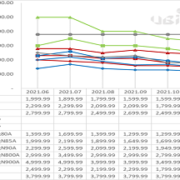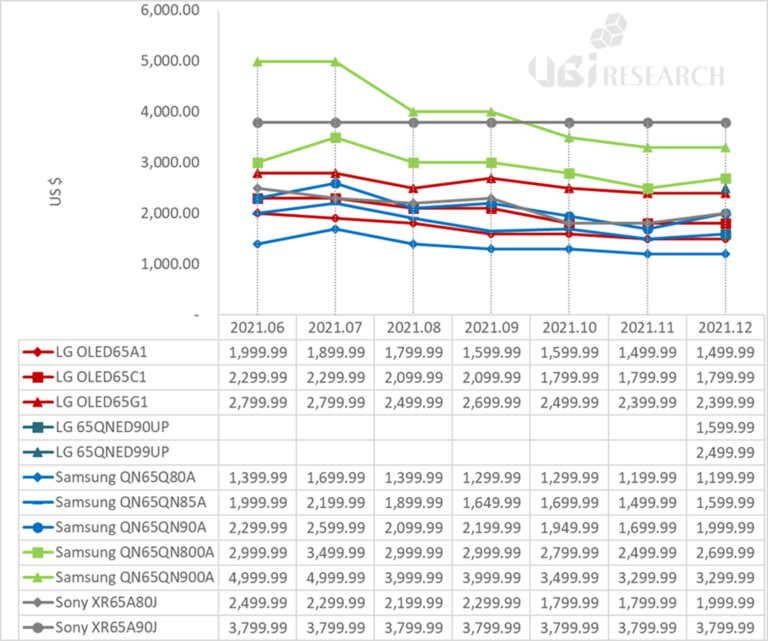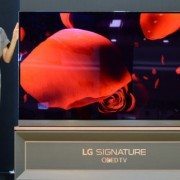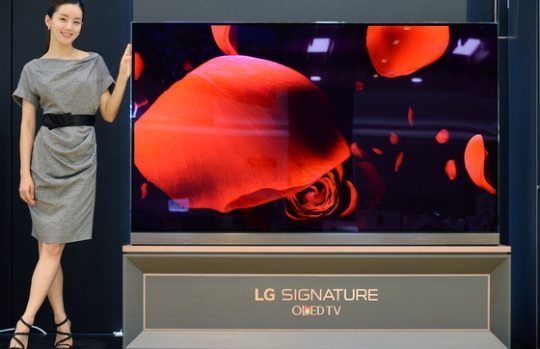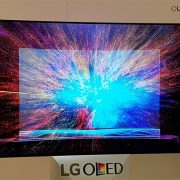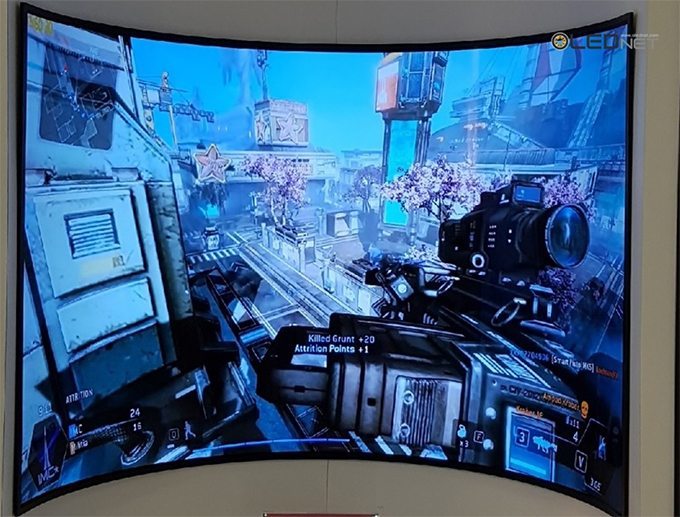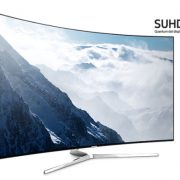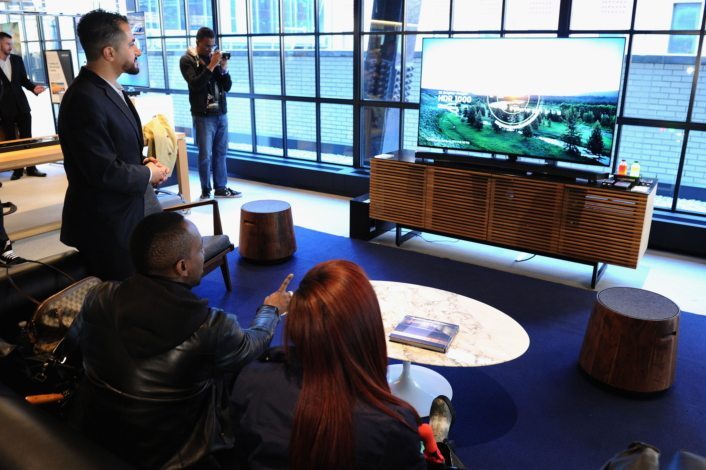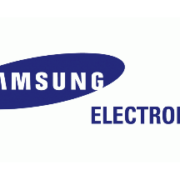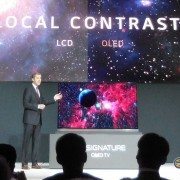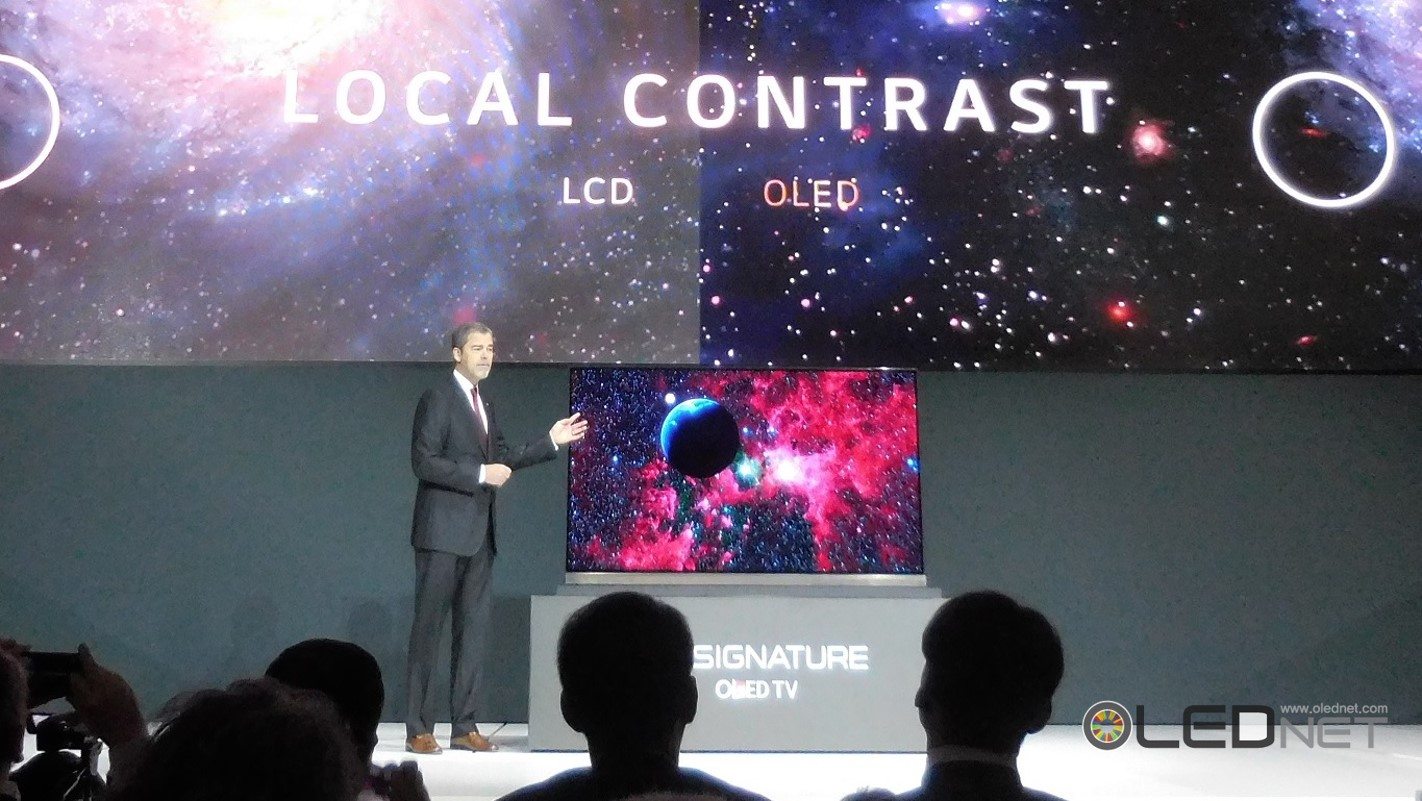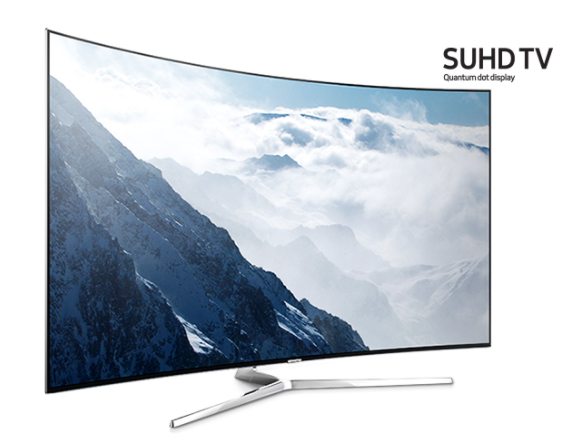
QLED is Becoming an issue (Picture Source = Samsung Elec.)
UBI Research Chief Analyst Choong Hoon Yi
As the next generation TV technology, QLED is becoming an issue in media. This is because Samsung Electronics selected QLED TV as the next product after the currently selling SUHD TV. However, if QLED TV display is the product that uses electroluminescence quantum dot, this shows they do not know display at all.
Quantum dot technology display can be divided into 2 types depending on the light-emitting technology. Photoluminescence quantum dot technology uses mechanism where the materials stimulated by external light emits light again, and this QD technology is currently applied to LCD TV. The TV has quantum dot sheet attached to the backlight’s blue light to be used as the backlight unit, and Samsung Electronics’ SUHD TV is such a product.
As photoluminescence quantum dot has wide color gamut, this can actualize over 110% of NTSC standards and there is no doubt that this is the best LCD TV product. Furthermore, another photoluminescence quantum dot technology, where colors are actualized by dispersing quantum dot materials on color filter, is in development.
In comparison, electroluminescence quantum dot technology is self-emitting when electricity is applied, and similar to OLED. Only the light emitting materials are inorganic and the structure is comparable to OLED. For OLED, hole is introduced from electrode through HIL layer, and this hole reaches emitting materials through HTL layer to produce light.
When the electron reaches emitting materials through EIL and ETL layers, the emitting materials with rapidly increased energy level due to electron and hole, produces light to release the energy. HIL, HTL, EIL, and ETL layers are needed in OLED to control the energy levels needed for electron and hole to reach emitting materials.
Therefore, for electroluminescence quantum dot to emitting light, HIL, HTL, EIL, and ETL layers are required same as OLED. Scientists developing electroluminescence quantum dot technology are using OLED HIL, HTL, EIL, and ETL materials. As the exclusive materials have not been developed, the technology is still in early stages.
This still belongs in science category rather than technology. Furthermore, electroluminescence quantum dot is dispersed to solution to print, and as such ink-jet or similar equipment development is necessary. HIL, HTL, EIL, and ETL also have to be dispersed using solution.
What is curious is whether Samsung Electronics’ QLED TV is existing QD technology that uses photoluminescence quantum dot or technology that uses electroluminescence quantum dot. Generally, QLED signifies electroluminescence quantum dot.
Therefore, if Samsung Electronics can really sell electroluminescence quantum dot using QLED within a few years, this will place Samsung Electronics as the world’s most innovative company establishing new scientific records.
However, OLED emitting materials developing companies are dismissing this claim as ridiculous. Solution process produced OLED emitting materials, HIL, HTL, EIL, and ETL materials have not yet been suitably developed, and require 5 more years before commercialization. As such, companies believe that actualizing QLED in a few years is impossible.
The fact is QLED exclusive HIL, HTL, EIL, and ETL materials are not being developed yet. Printing equipment also have not yet been commercialized. Electroluminescence quantum dot developing academia also points out that only the potential has been glimpsed so far.
Several stages have to be passed through for QLED to be realized. For solution process using QLED to be commercialized, it could only happen after solution process OLED appears first. Looking at the history of OLED commercialization, this is minimum 10 years.
For Samsung Electronics that cannot produce OLED TV to have mentioned that they will produce QLED TV within 3 years makes the writer wonder whether to exclaim, “only Samsung” in awe or ask “what is Samsung doing?”

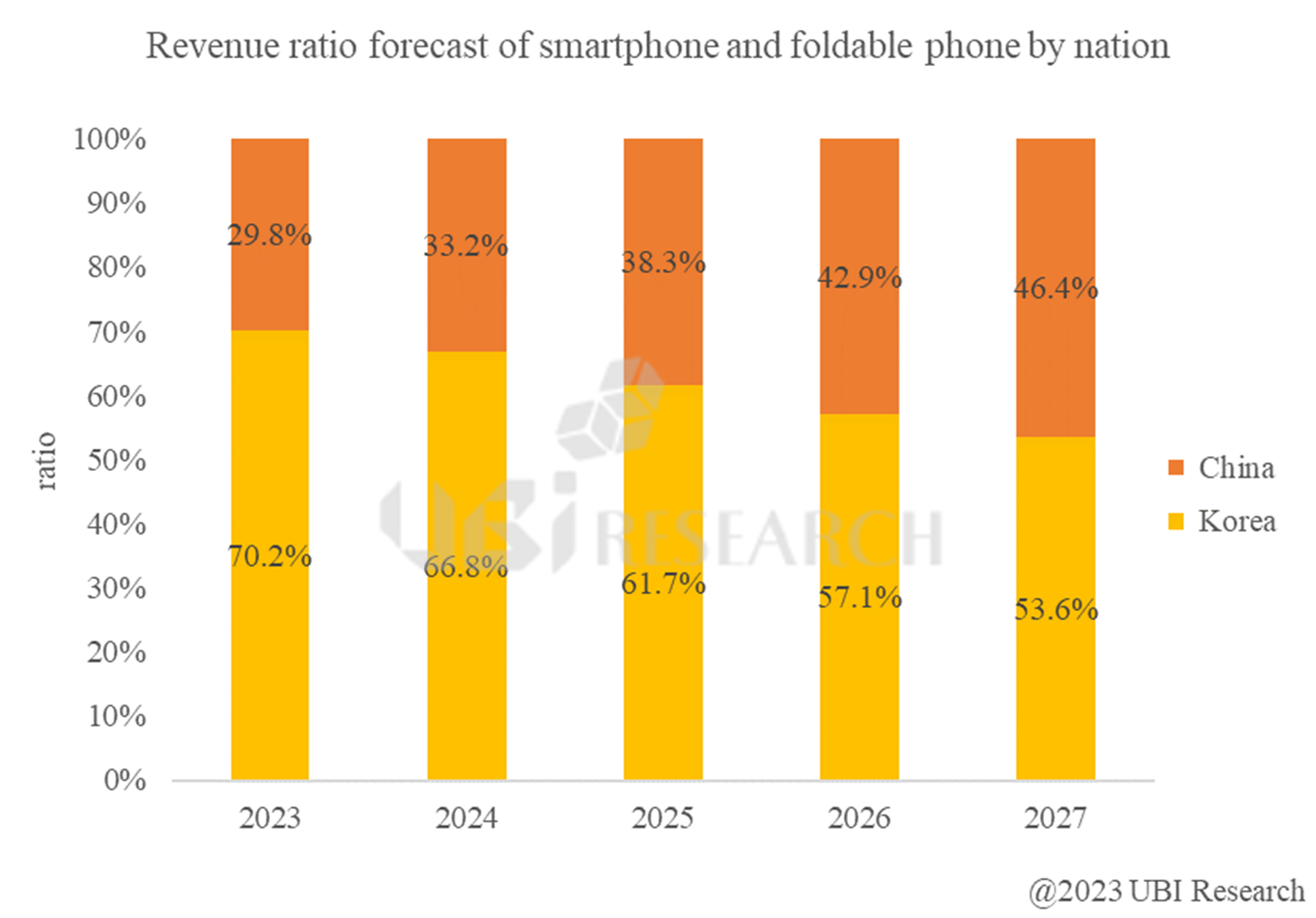

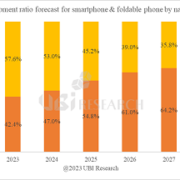
 Small OLED Display Quarterly Market Track Sample
Small OLED Display Quarterly Market Track Sample